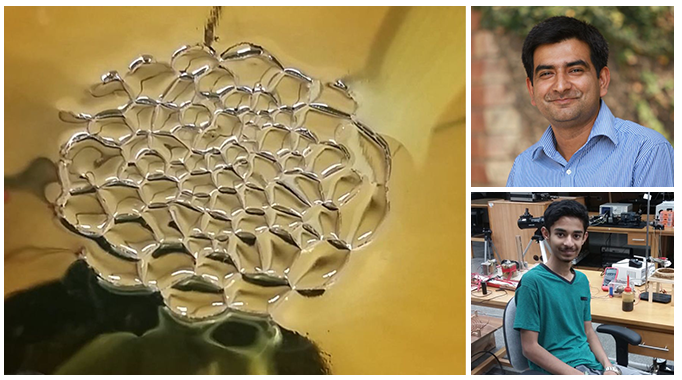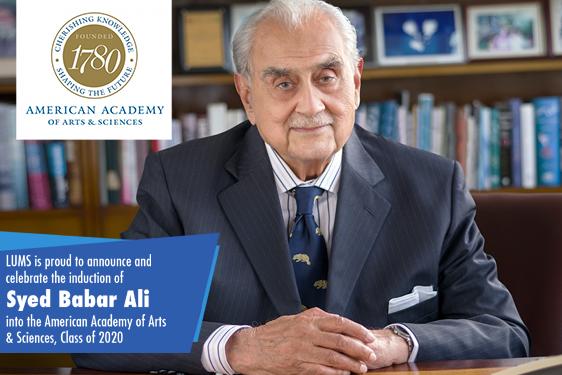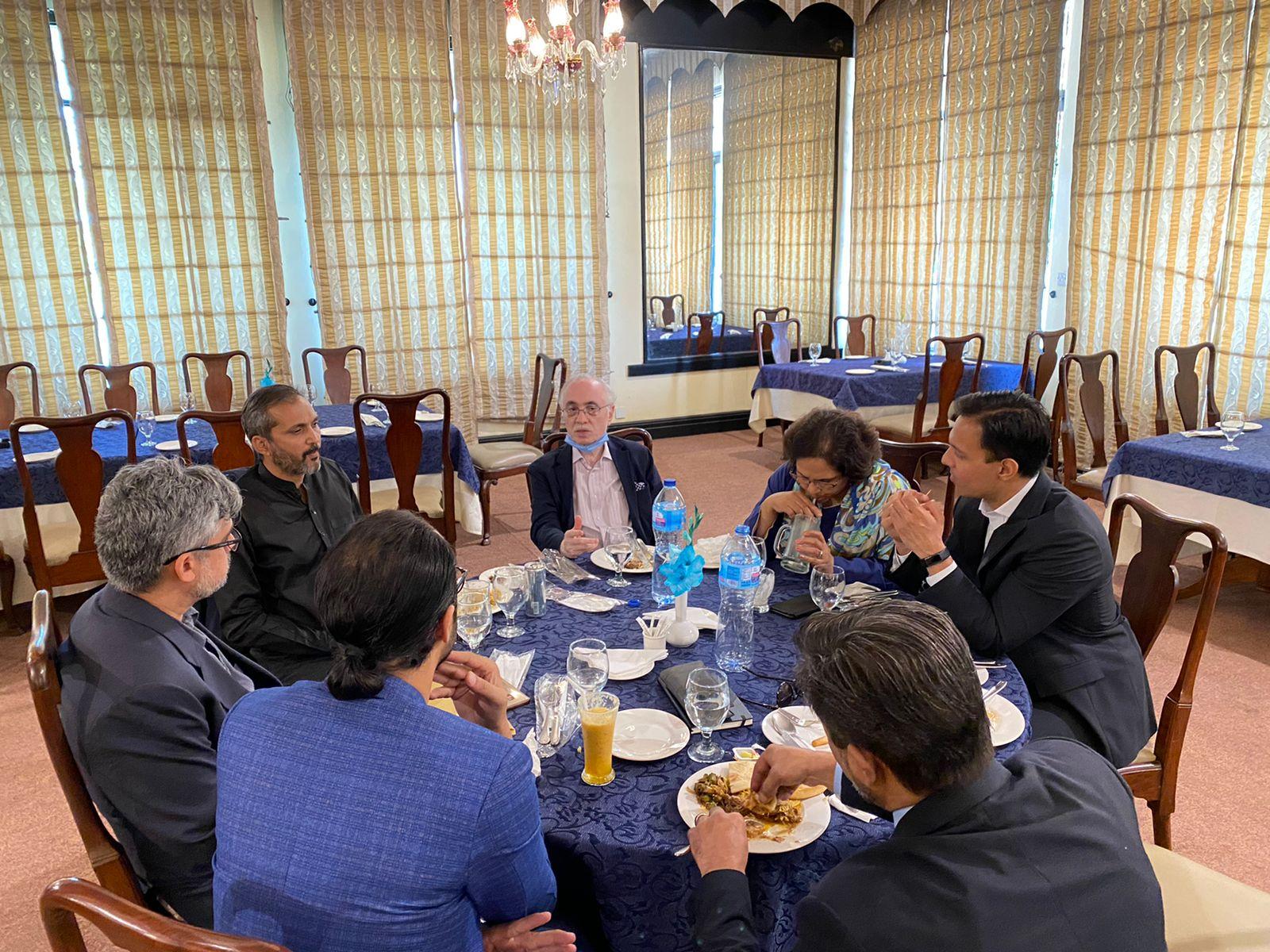
The faculty at the Syed Babar Ali School of Science and Engineering (SBASSE) considers that an active programme in scientific outreach is vital for the educational progress of our society. In this vein, Physics Department's Muhammad Sabieh Anwar, Associate Professor and his team at the Physlab, have been engaged in community outreach through one of the country's largest science festivals, reaching out to schools infusing a never ending quest for scientific inquisitiveness, conducting regional lab immersion programmes and sharing physics experiments with Universities across Pakistan.
The Physlab was approached by the Pakistani organisers of the International Young Physics Talent Competition, considered the World Cup of Physics, for preparing and mentoring the Pakistani team comprising of students from around the country. Working with Dr. Anwar and the Physlab staff comprising Azeem Iqbal, Umar Hasan and Muhammad Rizwan, these students addressed ten original problems ranging from mind-baffling phenomena such as electric honeycombs, hot water geysers, rollers on rollers, magnetic trains, ultra-hydrophobic water, acoustic lenses and mechanical machines to generate random numbers. The coaching was completed during an intensive three month long period where these five students were guided towards finding innovative and rigorous solutions to the assigned problems.
Muhammad Shaheer Niazi’s work on the electric honeycomb involved building a structure that enabled the application of high voltages, constructing a housing with transparent conductive electrodes, and infrared imaging techniques that the LUMS Physlab specialises in. Dr. Anwar, not only provided him access to laboratories to conduct research but also ensured that the Physics department helped him with machining, setting up the equipment and doing rounds of the markets to ensure the best results.
“We at LUMS are extremely delighted that we could provide the physical environment and the intimate mentoring to young Pakistani students such as Niazi and his teammates. This was Pakistan's first appearance in the international competition and we are expecting to support the Pakistani team again,” said Dr. Anwar.
Niazi, who is an O Level student at LCAS, Lahore has published his research titled, ‘The Electric Honeycomb: An Investigation of the Rose Window Instability Work’ in the Royal Society Open Science, a journal which publishes high quality research in science, engineering and mathematics.
Niazi's area of research, the Rose window instability, is a little-explored electrohydrodynamic instability that manifests when a layer of low-conducting oil is placed in an electric field generated by corona discharge in a point-to-plane configuration. Above a critical voltage, the instability starts as a single dimple in the oil layer right below the point electrode and subsequently evolves into a characteristic pattern of polygonal cells. In this study, Niazi experimentally explored governing parameters that guide the instability and documented geometric attributes of the characteristic cellular pattern. The driving force for the instability has been attributed to the buildup of charged ions, which in turn apply an electric pressure on the oil surface. Niazi confirmed the charged surface distribution using thermal imaging and demonstrated that preventing charge buildup under an ion shadow can locally inhibit the instability.
The young scientist's work has also been featured in The New York Times Science section. The article also features the views of Alberto T. Pérez Izquierdo, a physicist at the University of Seville in Spain whose 1997 work on the subject inspired Niazi’s project. Praising Niazi’s experimental skills, he said, “I think it’s outstanding for so young a scientist to reproduce these results.”
Niazi hopes to continue his work on the electric honeycomb, and in the future, dreams of earning a Nobel Prize.








